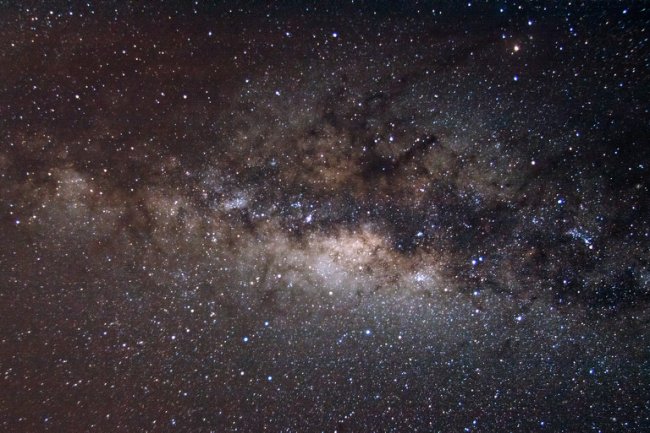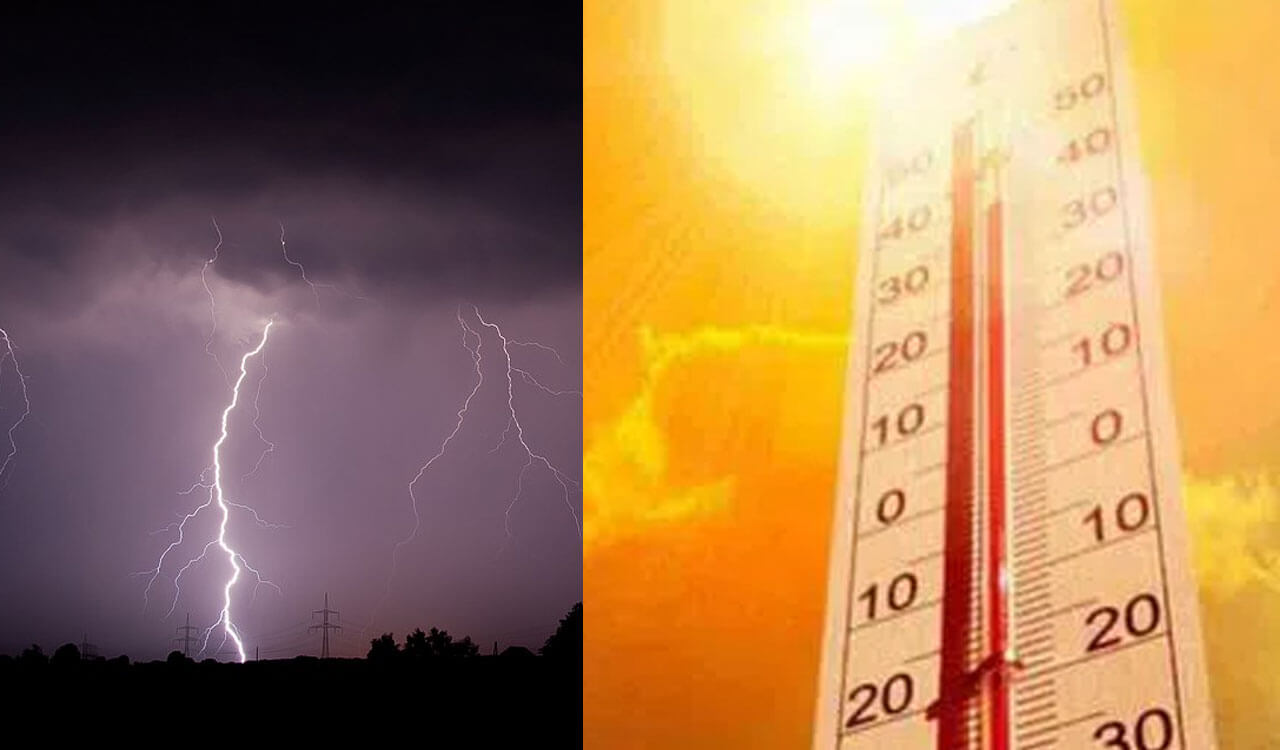New component of Milky Way discovered
Thu 29 Oct 2015, 13:32:27

London: Astronomers have discovered a previously unknown component of the Milky Way: a disc of young stars buried behind thick dust clouds in the central bulge.
A team led by Istvan Dekany of the Pontificia Universidad Catolica de Chile used data from the VISTA telescope at European Southern Observatory's Paranal Observatory in Chile, taken between 2010 and 2014, to make the discovery.
"The central bulge of the Milky Way is thought to consist of vast numbers of old stars. But the VISTA data has revealed something new - and very young by astronomical standards!" said Dekany, lead author of the new study.
Analysing data from the survey, the astronomers found 655 candidate variable stars of a type called Cepheids. These stars expand and contract periodically, taking anything from a few days to months to complete a cycle and changing significantly in brightness as they do so.
The time taken for a Cepheid to brighten and fade again is longer for those that are brighter and shorter for the dimmer ones.
This remarkably precise relationship, which was discovered in 1908 by American astronomer Henrietta Swan Leavitt, makes the study of Cepheids one of the most effective ways to measure the distances to, and map the positions of, distant objects in the Milky Way and beyond.
But Cepheids are not all the same - they come in two main classes, one much younger
than the other. Out of their sample of 655 the team identified 35 stars as belonging to a sub-group called classical Cepheids - young bright stars, very different from the usual, much more elderly, residents of the central bulge of the Milky Way.
than the other. Out of their sample of 655 the team identified 35 stars as belonging to a sub-group called classical Cepheids - young bright stars, very different from the usual, much more elderly, residents of the central bulge of the Milky Way.
The team gathered information on the brightness, pulsation period, and deduced the distances of these 35 classical Cepheids. Their pulsation periods, which are closely linked to their age, showed their surprising youth.
"All of the 35 classical Cepheids discovered are less than 100 million years old. The youngest Cepheid may even be only around 25 million years old, although we cannot exclude the possible presence of even younger and brighter Cepheids," said the study's second author Dante Minniti, of the Universidad Andres Bello, Santiago, Chile.
The ages of these classical Cepheids provide solid evidence that there has been a previously unconfirmed, continuous supply of newly formed stars into the central region of the Milky Way over the last 100 million years.
Mapping the Cepheids that they discovered, the team traced an entirely new feature in the Milky Way - a thin disc of young stars across the galactic bulge.
This new component to our home galaxy had remained unknown and invisible to previous surveys as it was buried behind thick clouds of dust. The discovery was published in the Astrophysical Journal Letters.
No Comments For This Post, Be first to write a Comment.
Most viewed from Specials
Most viewed from World
AIMIM News
Latest Urdu News
Most Viewed
May 26, 2020
Do you think Canada-India relations will improve under New PM Mark Carney?
Latest Videos View All
Like Us
Home
About Us
Advertise With Us
All Polls
Epaper Archives
Privacy Policy
Contact Us
Download Etemaad App
© 2025 Etemaad Daily News, All Rights Reserved.





















.jpg)
.jpg)
.jpg)
.jpg)

















